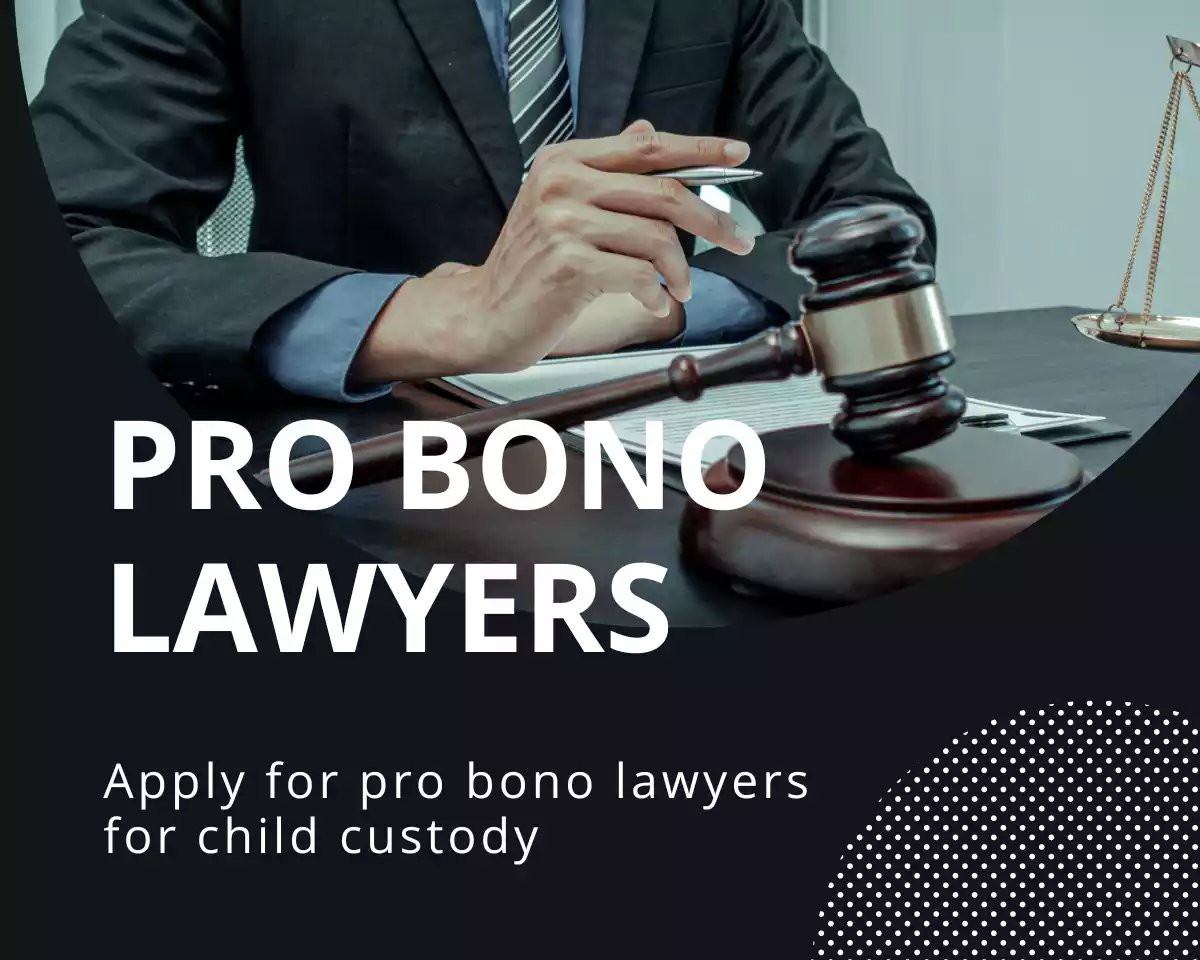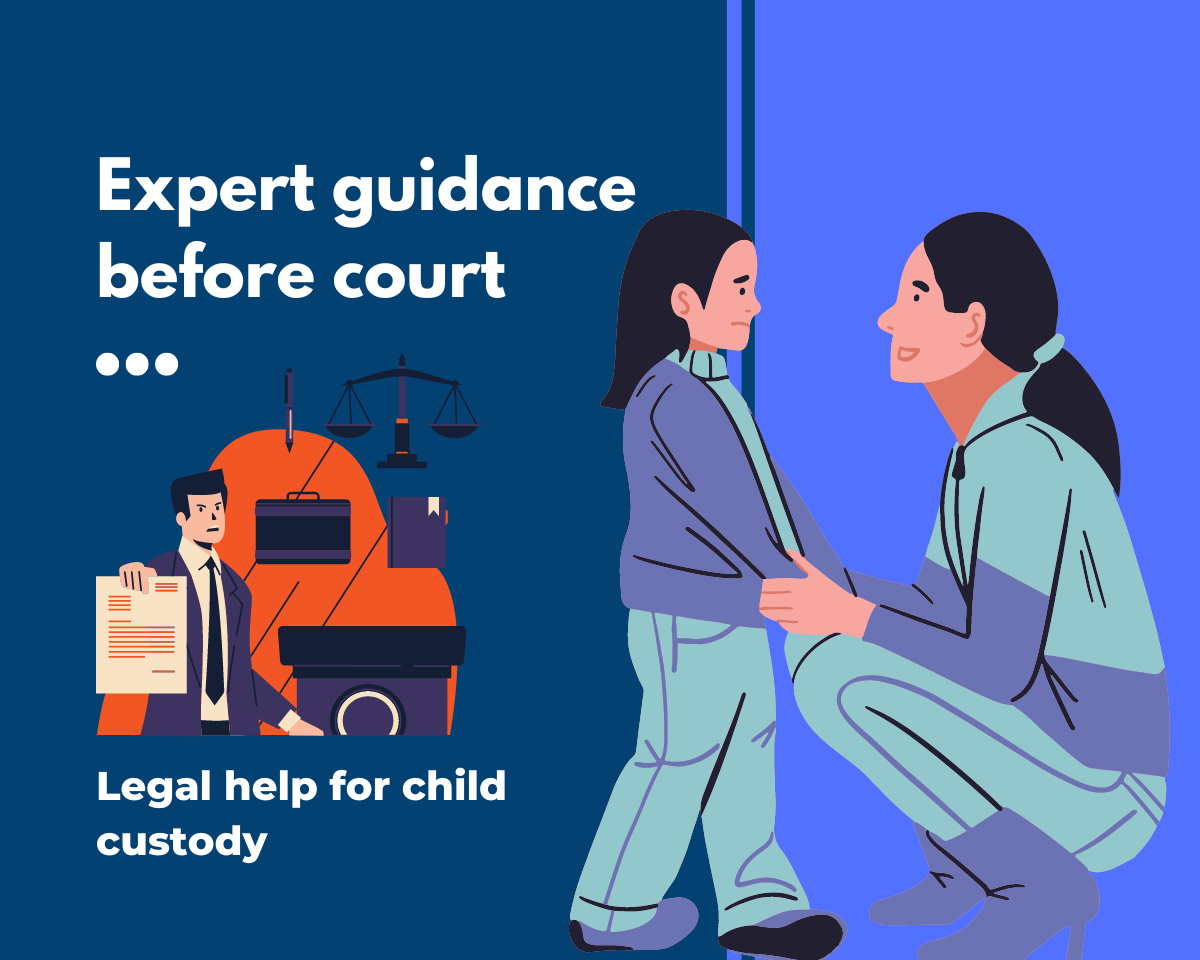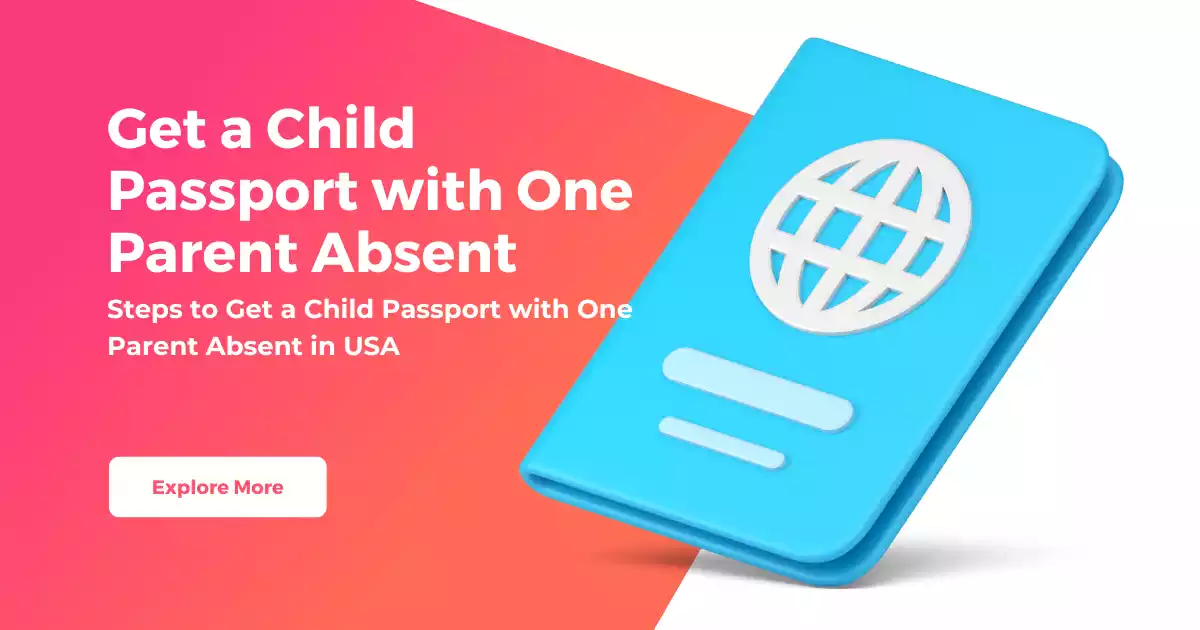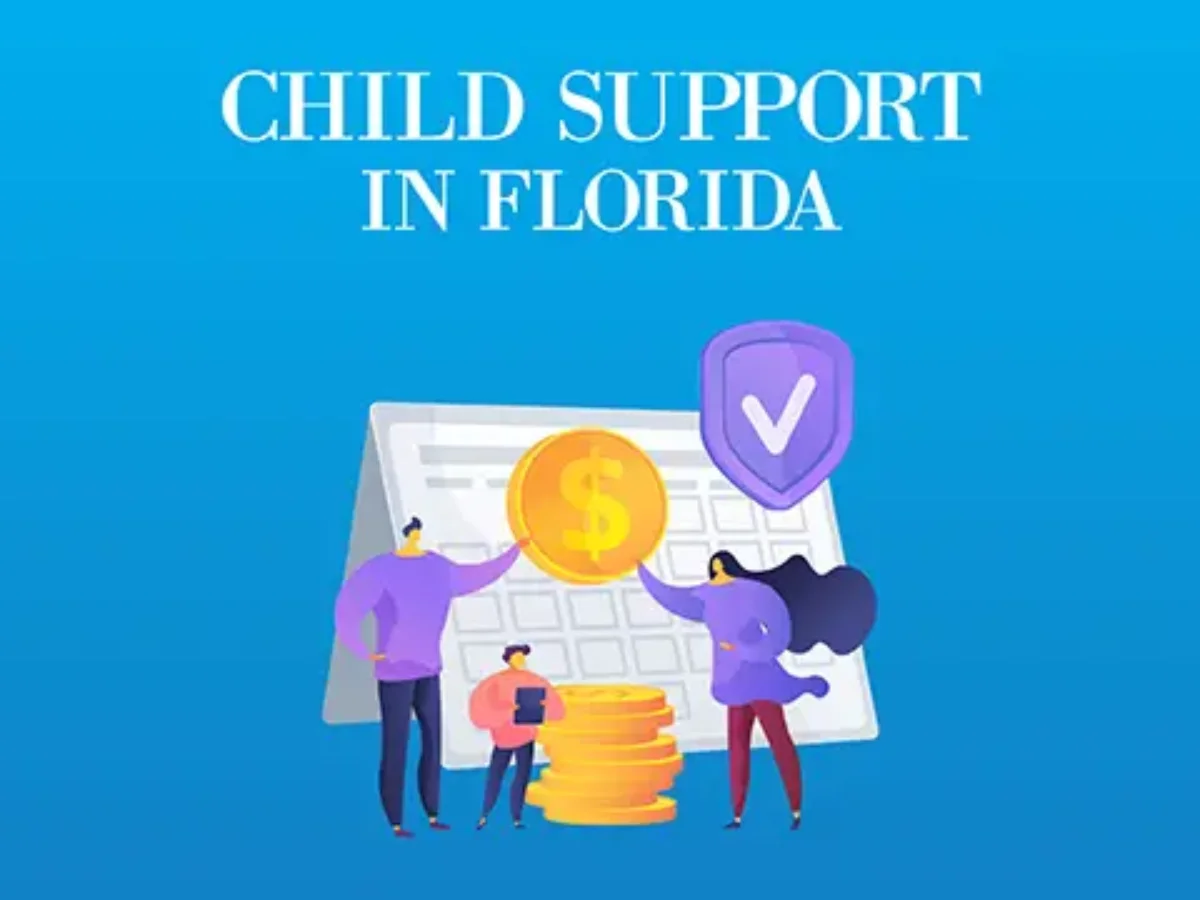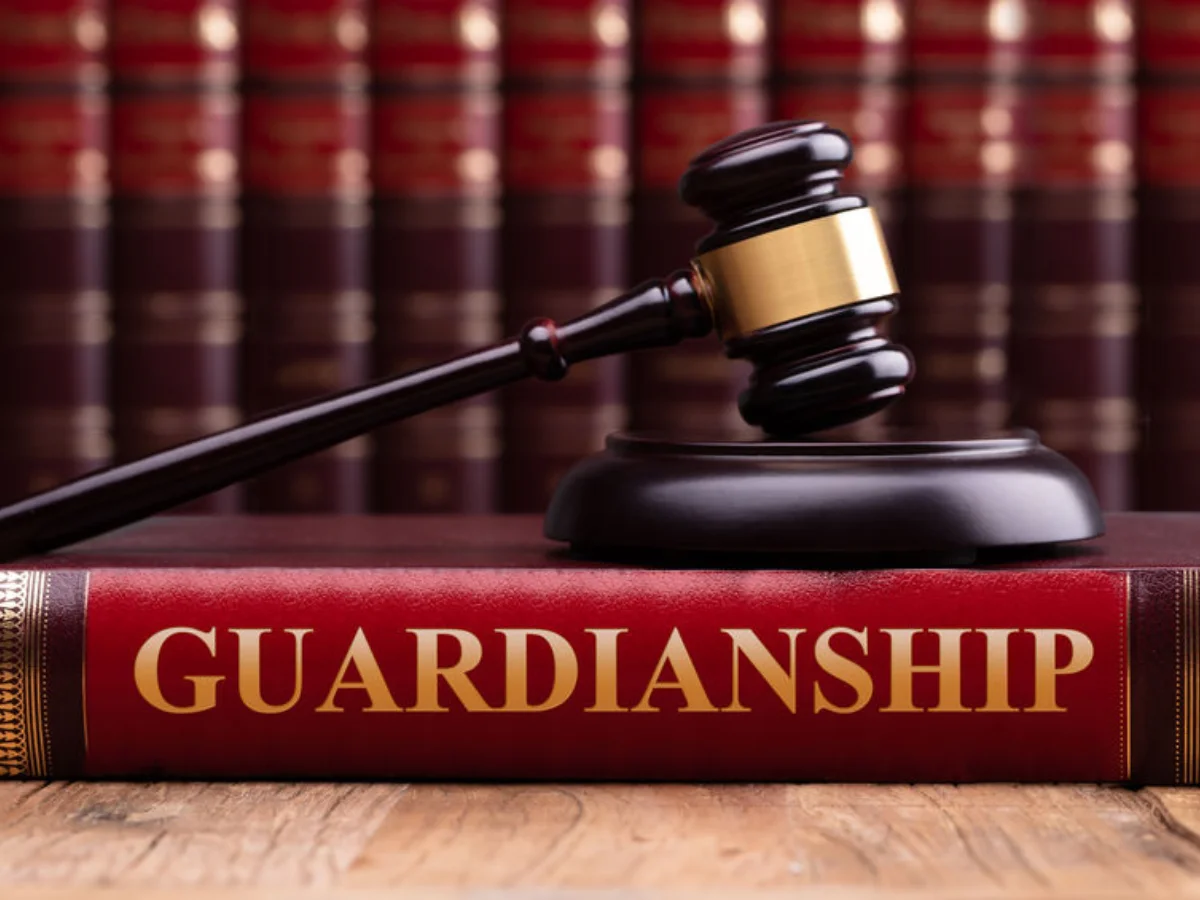1. Introduction
Child custody arrangements are a critical aspect of family law, and understanding the difference between legal and physical custody is essential. In this article, we’ll explore the distinctions between these two forms of custody, how they are determined, and their impact on families.
2. Legal Custody: The Decision-Making Authority
Legal custody pertains to the authority to make significant decisions in a child’s life. These decisions encompass matters such as education, healthcare, religious upbringing, and general welfare. It doesn’t directly address where the child resides.
3. Physical Custody: The Residence of the Child
Physical custody, on the other hand, concerns the child’s primary residence. It determines where the child lives on a day-to-day basis and with which parent.
4. The Difference Between Legal and Physical Custody
The key distinction lies in the type of authority each form of custody grants. Legal custody provides the right to make decisions, while physical custody determines where the child lives. It’s possible to have different combinations of these custodies.
5. Joint Legal and Physical Custody
Joint legal custody means both parents share decision-making authority, requiring cooperation and agreement on major life choices. Joint physical custody involves the child living with both parents and splitting time between households.
6. Sole Legal and Physical Custody
Sole legal custody grants one parent exclusive decision-making authority, whereas sole physical custody means the child primarily resides with one parent, often with visitation rights for the other.
7. How Custody Arrangements Are Determined
Custody arrangements are determined through court decisions, mediation, or agreements reached between parents. The child’s best interests serve as the guiding principle in these determinations.
8. Factors Considered in Custody Decisions
Courts consider various factors when deciding custody arrangements, including the child’s age, physical and mental health of the parents, stability, and the quality of the child’s relationship with each parent.
9. The Child’s Best Interests
The primary focus in custody matters is the child’s best interests. Courts aim to provide a stable, supportive environment and ensure the child’s physical, emotional, and educational needs are met.
10. The Importance of a Well-Defined Parenting Plan
In custody arrangements, a well-structured parenting plan is crucial. It outlines visitation schedules, decision-making processes, and how parents will cooperate to meet the child’s needs.
11. Challenges and Benefits of Legal and Physical Custody
Both custody forms have their unique challenges and benefits. Legal custody requires effective communication and cooperation, while physical custody impacts the child’s daily routine and relationships.
12. Co-Parenting and Communication
Successful co-parenting is essential in shared custody situations. Effective communication and collaboration can minimize conflicts and provide a stable environment for the child.
13. Legal Assistance and Mediation
Parents may seek legal assistance or mediation to navigate custody matters. These resources can help ensure that custody arrangements align with the law and the child’s best interests.
14. Conclusion
In conclusion, understanding the difference between legal and physical custody is crucial when addressing child custody matters. The child’s best interests should always be the central consideration, ensuring they thrive in a supportive and stable environment.
FAQs
1. Can I have joint legal custody without joint physical custody?
Yes, it’s possible to have joint legal custody while one parent has primary physical custody, with the other parent having visitation rights.
2. What factors do courts consider when determining custody arrangements?
Courts consider various factors, including the child’s age, the physical and mental health of the parents, stability, and the quality of the child’s relationship with each parent.
3. Can custody arrangements be modified as circumstances change?
Yes, custody arrangements can be modified, but the process and legal requirements for modifications may vary by jurisdiction. Consulting with a legal professional is advisable.
Effective communication is key to successful co-parenting. Establishing a clear plan and keeping the child’s best interests in focus can help minimize conflicts.
5. Is mediation necessary in custody cases?
Mediation can be beneficial in ensuring that custody arrangements align with the law and the child’s well-being, but it’s not always mandatory.
Read More: https://www.courtsandchildren.org/
More Related:
Can Parents Legally Kick You Out at 18?
How to Legally Take Over Parents’ Finances
Does Sole Legal Custody Terminate Parental Rights?
What Rights Does a Parent Without Legal Custody Have?
Is a Handwritten Custody Agreement Legal?
What Does Sole Legal and Physical Custody Mean?
Contents
- 1 1. Introduction
- 1.1 2. Legal Custody: The Decision-Making Authority
- 1.2 3. Physical Custody: The Residence of the Child
- 1.3 4. The Difference Between Legal and Physical Custody
- 1.4 5. Joint Legal and Physical Custody
- 1.5 6. Sole Legal and Physical Custody
- 1.6 7. How Custody Arrangements Are Determined
- 1.7 8. Factors Considered in Custody Decisions
- 1.8 9. The Child’s Best Interests
- 1.9 10. The Importance of a Well-Defined Parenting Plan
- 1.10 11. Challenges and Benefits of Legal and Physical Custody
- 1.11 12. Co-Parenting and Communication
- 1.12 13. Legal Assistance and Mediation
- 1.13 14. Conclusion
- 1.14 FAQs
- 1.14.1 1. Can I have joint legal custody without joint physical custody?
- 1.14.2 2. What factors do courts consider when determining custody arrangements?
- 1.14.3 3. Can custody arrangements be modified as circumstances change?
- 1.14.4 4. How can co-parents effectively communicate in shared custody arrangements?
- 1.14.5 5. Is mediation necessary in custody cases?









